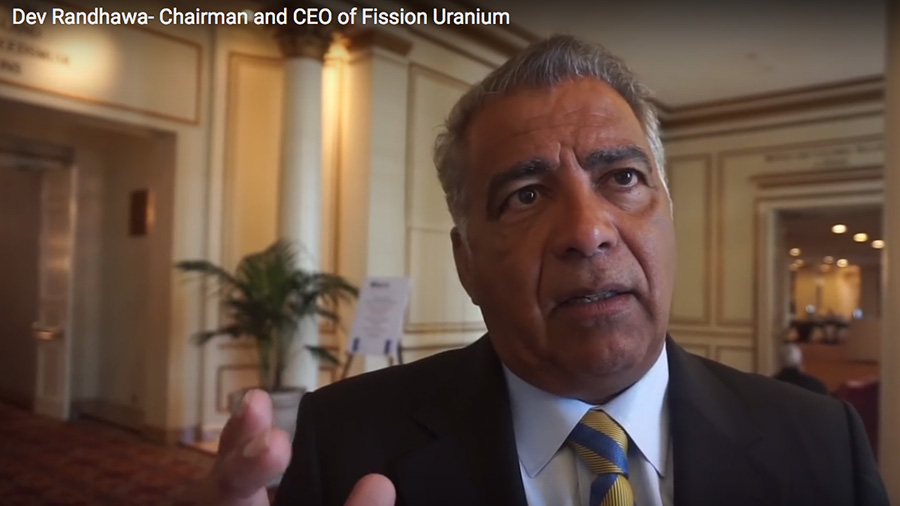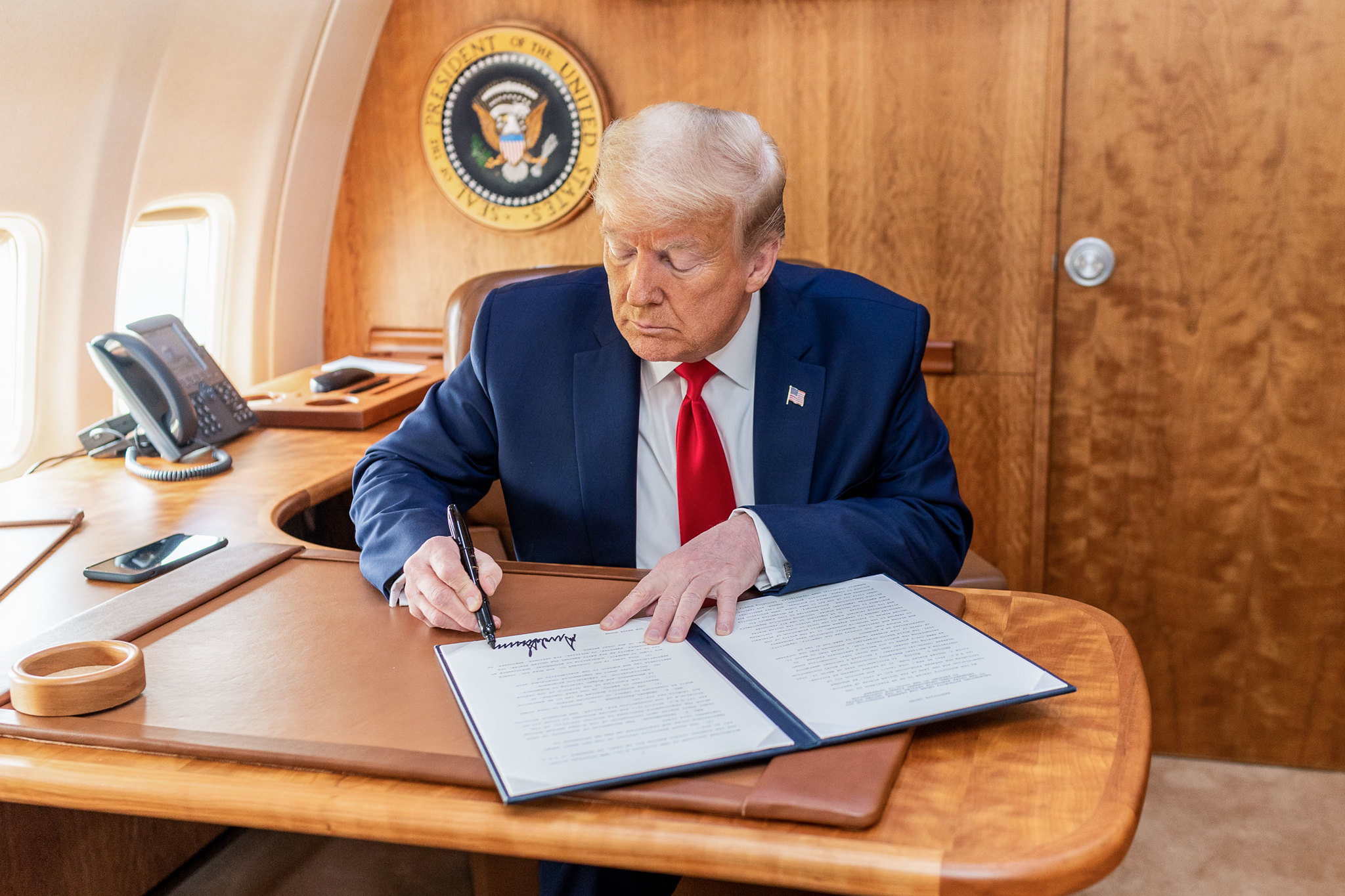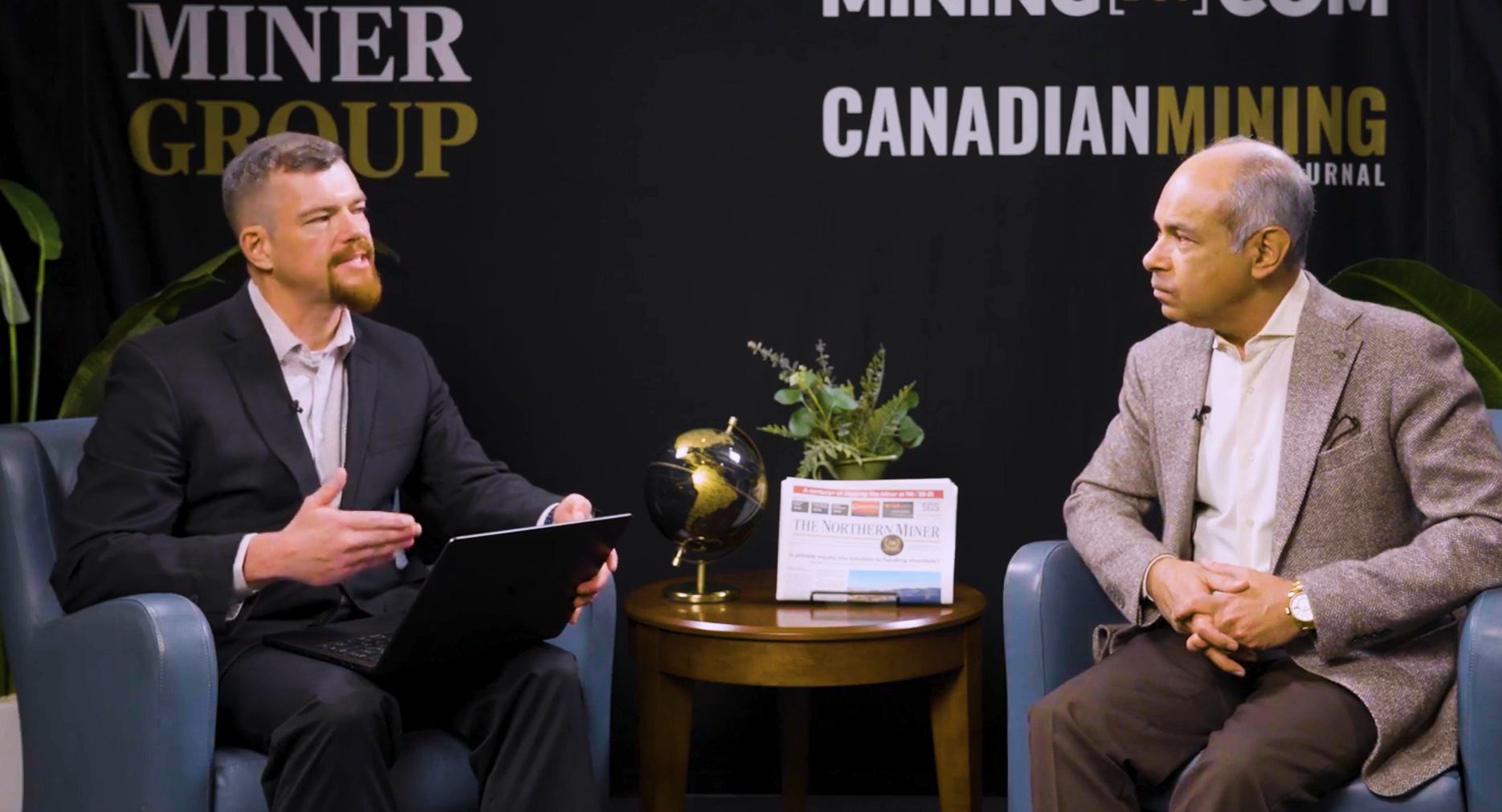Yes, the uranium market is bad but remember gold’s turn?

Investors considering uranium should take heart from gold’s rise coming off of last year’s lows, says Dev Randhawa, Chairman and CEO of Fission Uranium (CVE:FCU).
“Right now, people are scared to be in uranium, but that’s where they should be,” says Randhawa who spoke to MINING.com at the Sprott Natural Resource Symposium in July. Fission Uranium is an exploration company working on projects in the Athabasca Basin.
“The state of the uranium market is very bad right now. If we were having the same conversation about gold last year—how bad gold is, it’s never coming back and all the doomsayers saying it was going to $500/oz. And what do we have today?”
Gold companies are up this year. Goldcorp is up 38% year to date to $16.02 and Newmont Gold is up 125% to $40.52. Meanwhile, uranium companies are being pummeled. Industry leader Cameco is trading at $9.30, near its 52-week low. The company has lost a third of its value in the past year.
Randhawa says utilities have built up large inventories due to shut downs after the Fukushima nuclear disaster. Demand remains low while utilities work through built up stockpiles.
“When this market turns it will be a lot of fun again, but right now spot prices are low because utilities are not in the market.”
Transcript edited for brevity and clarity.
MINING.com: Who are you?
Dev Randhawa: My name is Dev Randhawa, I am the Chairman and CEO of Fission Uranium.
MINING.com: What is Fission Uranium?
Dev Randhawa: We are focused on developing advanced exploration projects in the Athabasca Basin in northern Saskatchewan.
MINING.com: What is the Patterson Lake South Project?
Dev Randhawa: It’s a very high-grade uranium exploration project. It’s in what I think is the best jurisdiction in the world, Saskatchewan in Canada, where they have 60 years of uranium experience. What makes our project very different from anything else in the world is that the high-grade uranium starts right at 50 metres—not at 500 metres—at 50 metres. That sets it apart from anything in the world. There are lots of deposits that are very close to the surface, like in Niger and Namibia, but they don’t have the high-grade and jurisdiction advantages we have.
MINING.com: What is the advantage of having it so close to the surface?
Dev Randhawa: Well economics. It won’t cost as much as having a trucking operation—that’s number one. Number two, the Athabasca has a history of problems with high-grade uranium down deep. Cigar Lake was supposed to be in production in 2005; it finally went into production in 2015. A classic example is recently Cameco shut down a mine: they spent a billion to get to the ore, and they shut it down because it was 600 metres down. Because the further down you go, the costs don’t go up a little bit, they go up exponentially. So what sets this project apart is that it is high-grade-shallow, and for that Mines and Money London awarded it as the best exploration project in the world. Not the best uranium, best silver, best gold – it is the best exploration project in the world.
MINING.com: What is the stage of the Patterson Lake South Project?
Dev Randhawa: We are doing base-line studies to move towards production. But we are also making sure that we are not missing anything on the property. These blobs of uranium aren’t that big, and so you have to be very careful not to jump from area to area, and you have to try to vector in. So, we are still trying to expand; 98% of the property is untouched. We’d still like to explore more of the property, make sure we don’t miss a great blob of uranium.
MINING.com: What’s it like working in Saskatchewan?
Dev Randhawa: Well, it is very cold in the winter and very dusty in the summer. But Saskatchewan is very pro-mining. The Athabasca has had 60 years of uranium mining already, so NIMBY doesn’t apply there. People need the jobs and they understand. The infrastructure, the environmental awareness and the rules are there. They have a very clear system to make sure you’re respecting First Nations, the environment, and fisheries. Even before you start to drill, you have to tick off all those boxes.
MINING.com: What is the state of the uranium market right now?
Dev Randhawa: Awful. Spot prices are at a 10-year low. There are more reactors today being built than before even Fukushima. So demand for uranium is going to be very high in the next 3 to 5 to 10 years. The problem is utilities are living off inventories. Now they are dropping about 35 million a year I think—a number came out today from the Bank of Montreal: there was a 75 million drop in inventories in 2012 to 2014. So if we extrapolate that out, you’re probably looking at another 50 million pounds left. So as the inventories drop, they have got to start thinking more. So, while we are not seeing them active in the market—it is a very thin market, the spot price, and we should really not be talking about the spot price, we should be talking about the long term. Most uranium trades are on a long-term basis, not short-term. Short term is something that you set up when something happens to one mine and they are not producing enough and they need another, and they really borrow from each other. That was the original goal of spot price, but now it’s where small producers sell and they need the cash.
So, the state of the uranium market is very bad right now. But I think, if we were having the same conversation about gold last year, how bad gold is, it’s never coming back, and all the doomsayers were saying it was going to 500 – what do we have today? The same stocks that we talked about, like Barkerville, were traded at 20 cents—they have gone up three, four hundred times. So, expect the same thing with uranium. I encourage investors to think contrarian: buy some of the good names—I like Cameco, I like Denison, NexGen, usI think these are the big brand names, they have got well established assets.
When this market turns it will be a lot of fun again, but right now spot prices are low because utilities are not in the market. But utilities have not always been the sharpest people in the world. I am sure they will get offended by me saying it, but when uranium was $15, $18 before, they didn’t want to do anything. “It is going to stay low!”—that is all I ever heard from them. Then they were contracting $100. Because they didn’t want to do it for 15, 18. Part of it I think is that government employees are not entrepreneurs like everybody here: when we see an opportunity we jump in, but they don’t. So, as a result, I think the real opportunity for investors is to be a contrarian—and when it turns, it turns.
A very senior person at Cameco asked me what I think, and he should know more than I do. He said, “When do you think uranium will turn?” and I said, “Could be 30 days, it could be 30 months, I don’t know.”
But the problem in our industry is that it is usually the supply side that screws up. For example, Cigar Lake had a flood. So you had a little company like Strathmore, which was a grandfather of Fission Uranium – it went from 2 million market cap to half a billion – there was no change in assets, but perception was the problem. That’s the problem: too many investors are like sheep. Instead they should be like Warren Buffett says: “Be fearful when others are greedy and greedy when others are fearful.” Right now people are scared to be in uranium and that’s where they should be.
MINING.com: What is the mood here at the Sprott Natural Resource Symposium?
Dev Randhawa: Oh, it’s very good, you know people are quite excited about gold, silver, lithium and some of the other base metals. So it is a much better mood, I think it got sold out—this is the first time I have seen that. You know it’s not a cheap conference, so I think there’s a very good mood—and rightfully so. When you’ve got negative interest rates around the world, where are people supposed to put their money? And then Deutsche Bank just announced this morning a 98% drop in profit. The reality is the banking system is not together like people say it is—yet we have faith in it. So the problem is that you’ve got nowhere to put your money, so a lot of these fund managers are saying, “Where do I put my money?” Well, they are putting their money into things like gold. Some of the funding managers here at Sprott are telling me they are seeing money come from the weirdest sources, places they have never seen before in their business. People have got nowhere to put their money, so they are now trying to find new places, like gold.
MINING.com: Thank you very much for your time.
Dev Randhawa: Thanks very much, Michael.
DISCLOSURE: The writer Michael McCrae holds the URA Uranium ETF, which has a position in Fission Uranium
More News
Trump planning to stockpile deep-sea minerals to counter China: FT
April 13, 2025 | 07:56 am
Goldman Sachs upgrades gold forecast again to $3,700
April 12, 2025 | 08:05 pm
{{ commodity.name }}
{{ post.title }}
{{ post.date }}




Comments
Walt N
The amazing thing to me is that this guy has a shirt and tie to go with his suit. Anybody even “dreaming” of going into Uranium, needs to consider just how low the market is right now and more importantly….WHY it’s so low. Everybody says “look at gold!” …but gold is a precious metal. Its allure is its rarity. Uranium is neither a precious metal or rare. And to counter the argument about Uranium going up in price when China brings online, all the reactors they’re building, I say this…China has all the Uranium its ever going to need for the next 50 years! Yes that’s right folks…I said it. China’s Uranium supply is secured for the next 50 …that’s FIVE, OH, Years. They wont be buying dick in the open market. So anyone looking at getting into the Uranium commodity should read, read, and read some more. It’s all out there publicly for you to read. It just takes effort and persistence to find it.